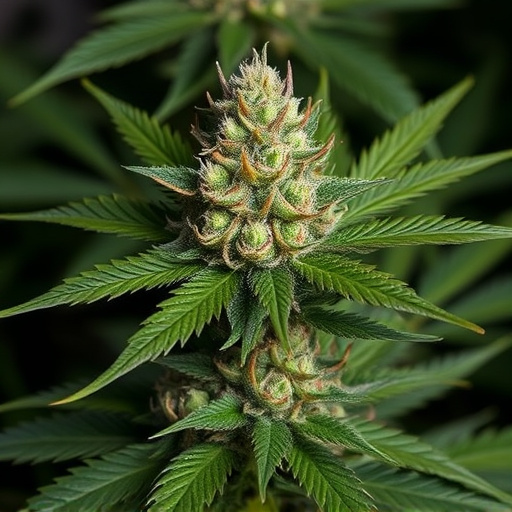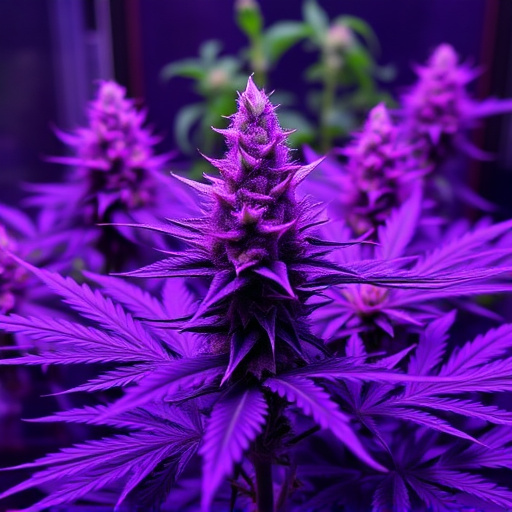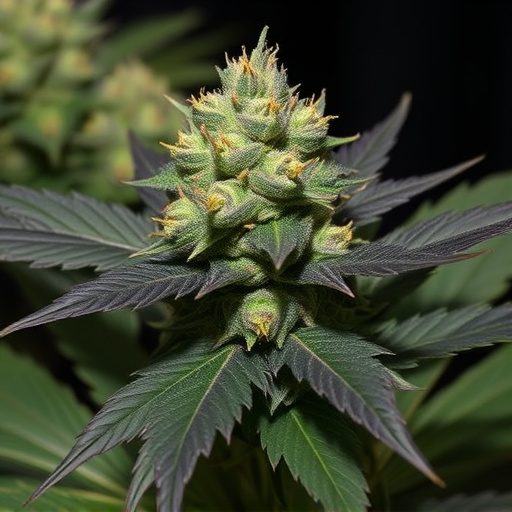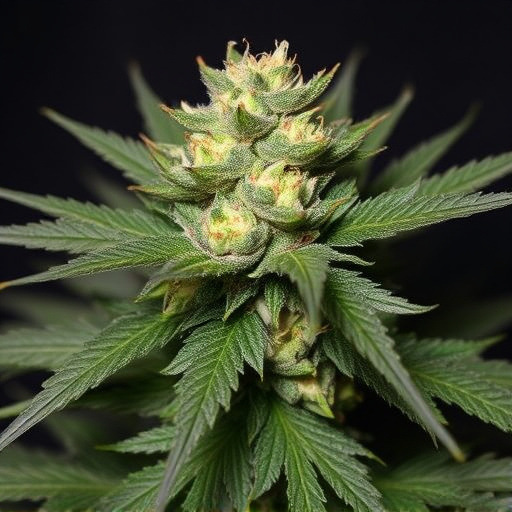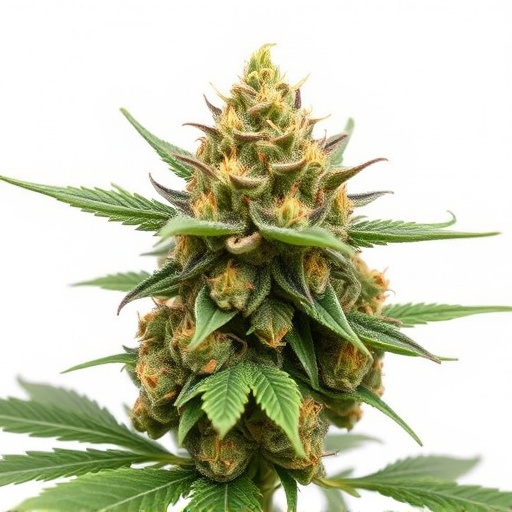Landrace cannabis strains, ancient varieties grown in specific regions for centuries, retain their pure genetic makeup without hybridization through natural selection. Unlike hybrid weed strains, which are artificially bred for traits like increased yield and faster flowering times, landraces offer unique terpene profiles, cannabinoid levels, and flavors reflecting their botanical heritage, such as the resilient Afghan Kush and energetic Mexican Sativa. While hybrids dominate commercial agriculture due to reliability, landrace strains provide a more nuanced cannabis experience sought by consumers valuing subtle differences in taste, aroma, and effects. Exploring landraces allows cultivators to appreciate original flavors, effects, and cultural significance, empowering them to create hybrid weed strains with specific attributes tailored to diverse consumer preferences.
“Uncover the ancient world of landrace cannabis strains, a topic that’s gaining traction in today’s evolving cannabis landscape. This article delves into the essence of these unique varieties, distinct from their hybrid counterparts.
We’ll explore how landraces have shaped the cannabis we know today and examine the differences between them and hybrid weed strains. Get ready to discover popular landrace varieties and understand their distinctive characteristics, terps, and effects.”
- Understanding Landrace Cannabis Strains
- The Differences Between Landrace and Hybrid Weed Strains
- Exploring Popular Landrace Cannabis Varieties
Understanding Landrace Cannabis Strains
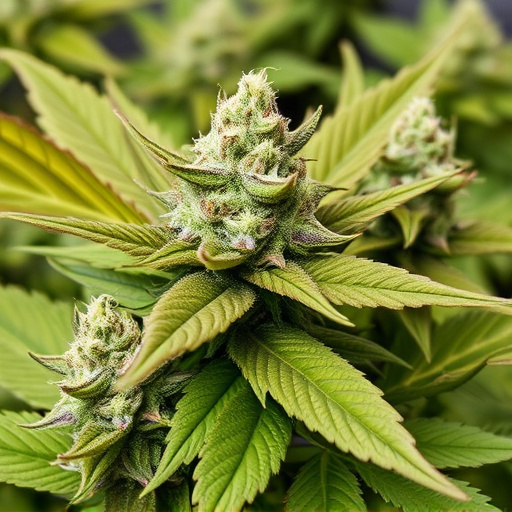
Landrace cannabis strains are essentially ancient varieties of cannabis that have been grown and selected for over centuries in specific geographical regions. These strains, also known as indigenous or wild types, are not hybrids and retain their pure genetic makeup. They’ve adapted to their local environments, developing unique characteristics such as resilience against harsh climates, pests, and diseases. This natural selection has resulted in a diverse range of cannabinoid profiles, terpene compositions, and growth habits.
Unlike hybrid weed strains, which are cultivated through crossbreeding different parents to achieve specific traits, landraces have evolved organically over time. They often offer distinct flavors, aromas, and effects, reflecting the unique botanical heritage of their origin. Whether it’s the resilient Afghan Kush known for its heavy resin and calming effects or the energetic Mexican Sativa with high THC levels and cerebral highs, each landrace has a story to tell about its journey through history and geography.
The Differences Between Landrace and Hybrid Weed Strains
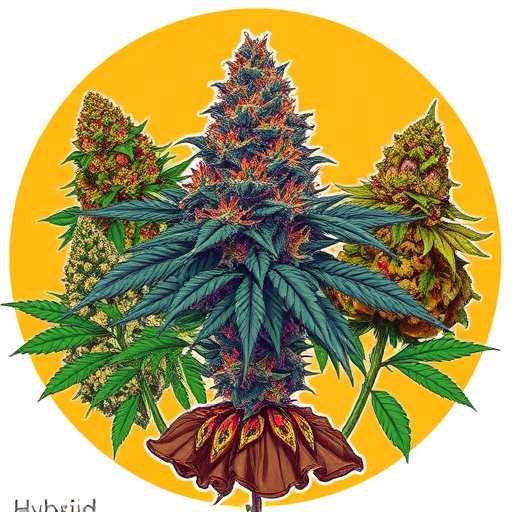
Landrace cannabis strains are pure, unaltered varieties that have been grown and selected for over generations in specific geographic regions, allowing them to adapt to their local environment. These strains are known for their distinct characteristics, such as unique terpene profiles and high levels of specific cannabinoids. In contrast, hybrid weed strains are created through the crossbreeding of two or more landrace or other hybrid varieties. This process aims to combine desired traits from different parents, resulting in a new strain with potentially enhanced effects or improved cultivation characteristics.
While hybrid strains offer benefits like increased yield, faster flowering times, and hybrid vigor (a boost in overall health and productivity), they may lack the distinct terroir and genetic purity of landrace strains. Hybrid weed strains can be more reliable for commercial agriculture due to their consistent traits, but landraces often provide a more nuanced and authentic cannabis experience for consumers who appreciate subtle differences in taste, aroma, and effects.
Exploring Popular Landrace Cannabis Varieties

Landrace cannabis varieties offer a fascinating glimpse into the diverse genetic pool from which modern hybrids have evolved. These pure, unaltered strains hail directly from specific geographical regions, each with its unique environmental influences that have shaped their distinct characteristics. From the invigorating Sativa-dominant varieties of Southeast Asia to the relaxing Indica strains prevalent in Central and South America, each landrace variety carries a wealth of cultural and botanical history.
Exploring popular landrace cannabis varieties allows cultivators and enthusiasts alike to appreciate the original flavors and effects these plants offer. Whether seeking a invigorating high from Thai Sativas known for their citrusy aromas or the calming relaxation induced by Mexican Indicas renowned for their heavy resin production, understanding landraces provides a deeper connection to the plant’s natural diversity. This knowledge also empowers growers to carefully select and breed hybrid weed strains that capture the desired attributes of these iconic landrace varieties.
Landrace cannabis strains, with their rich history and natural origins, offer a unique experience compared to modern hybrids. Understanding these traditional varieties is key to appreciating the diverse world of cannabis. By exploring landraces, consumers can discover new flavors, effects, and cultural significance, setting them apart from the more commonly known hybrid blends. This knowledge allows for informed choices, celebrating the art and science behind each strain.

